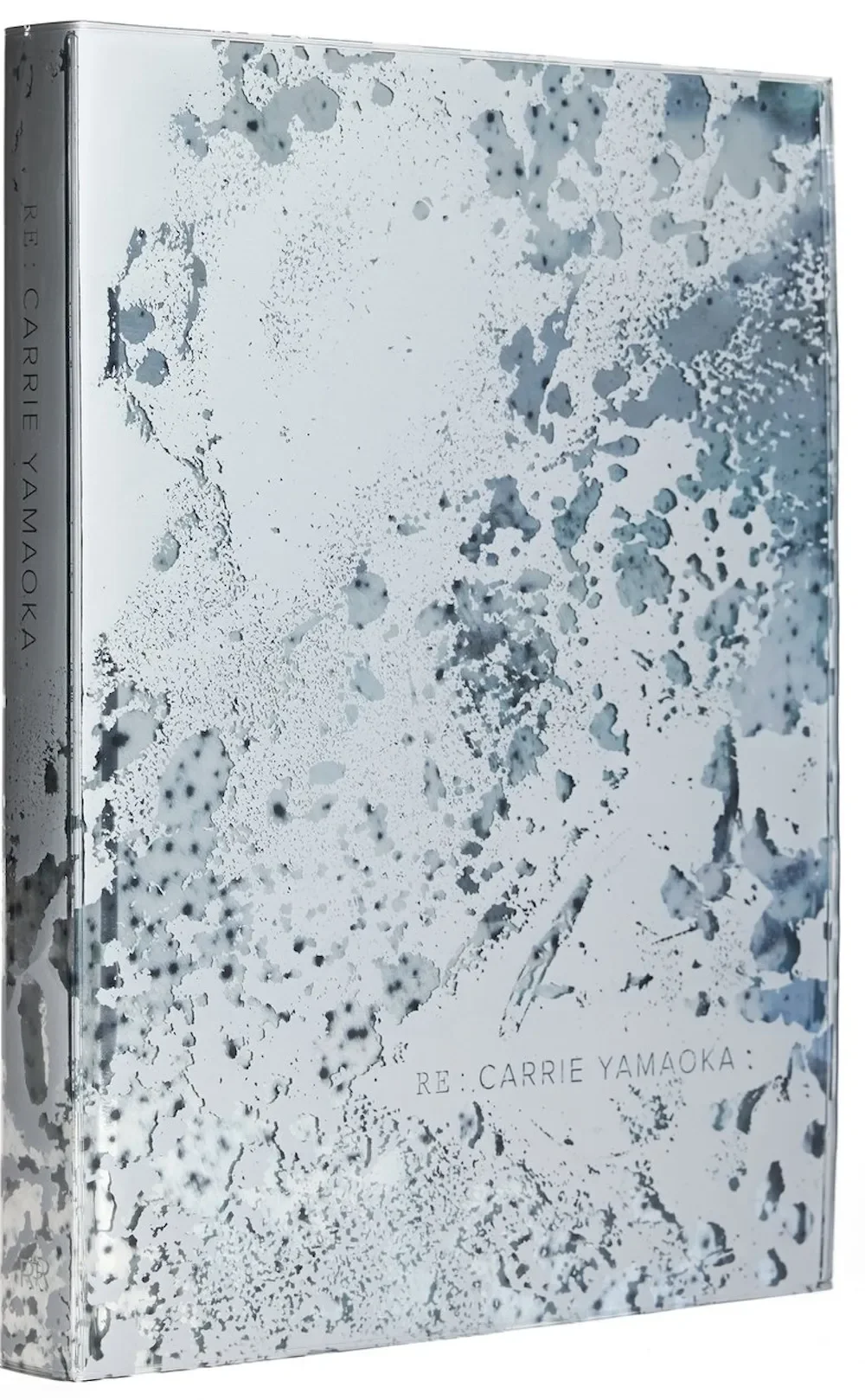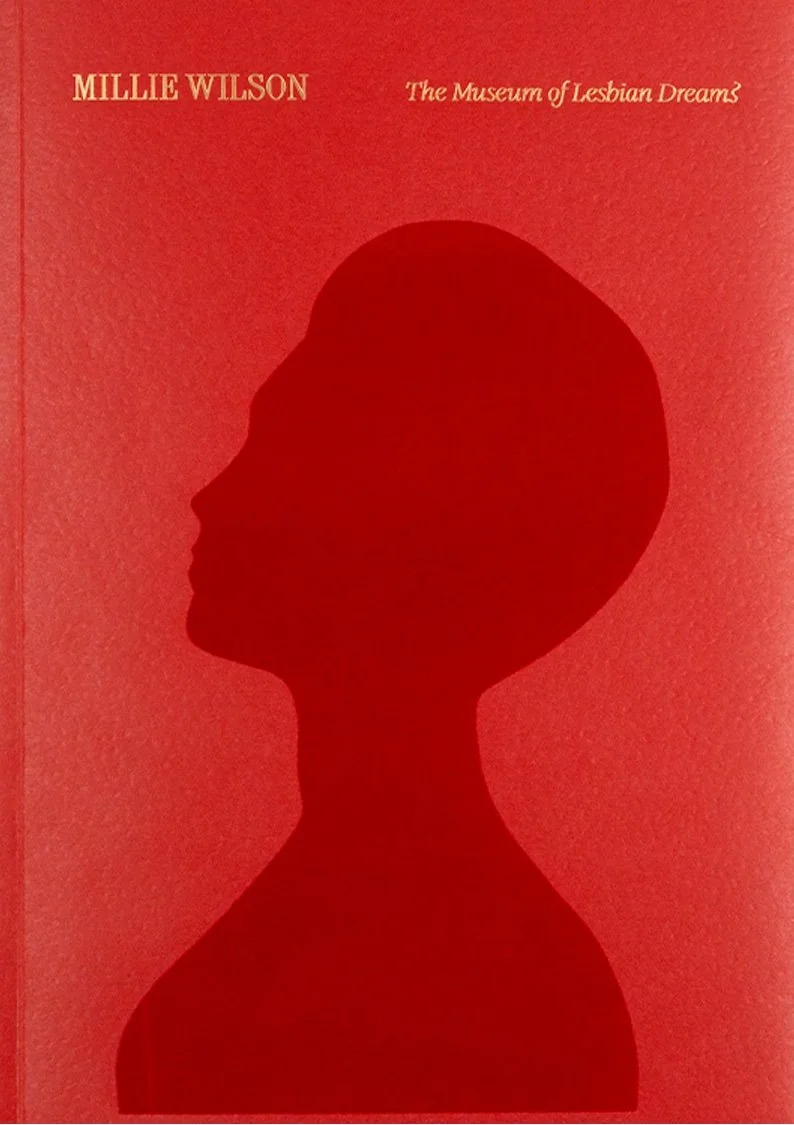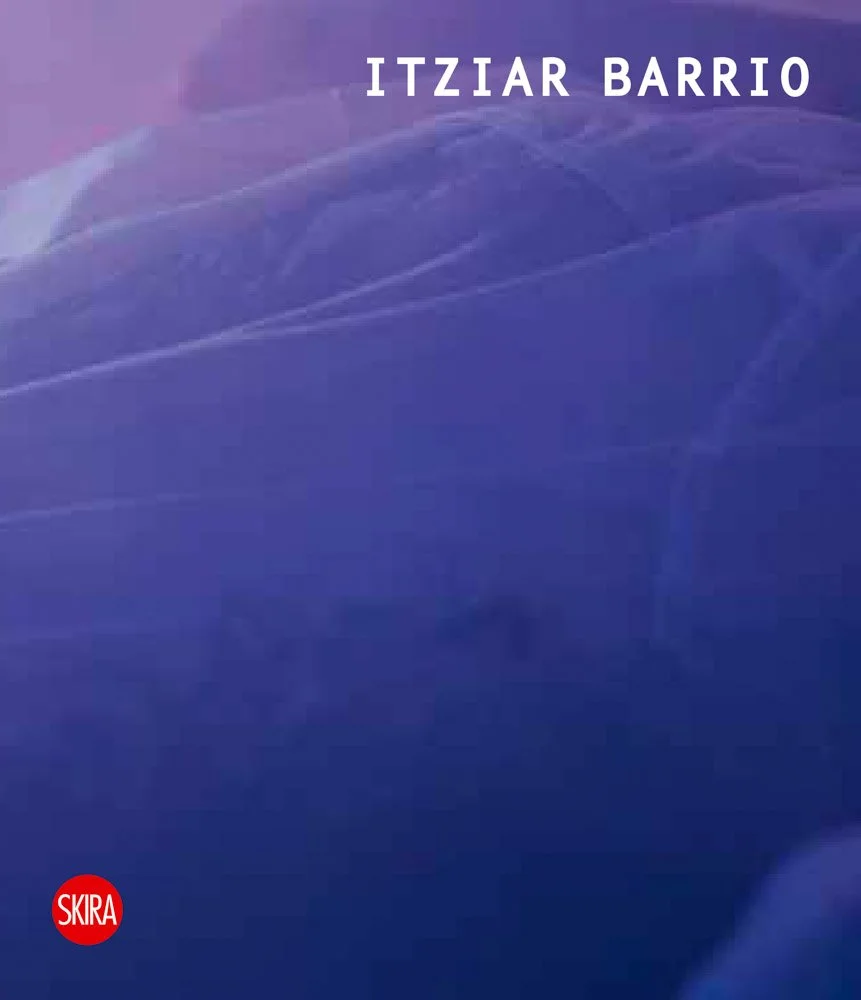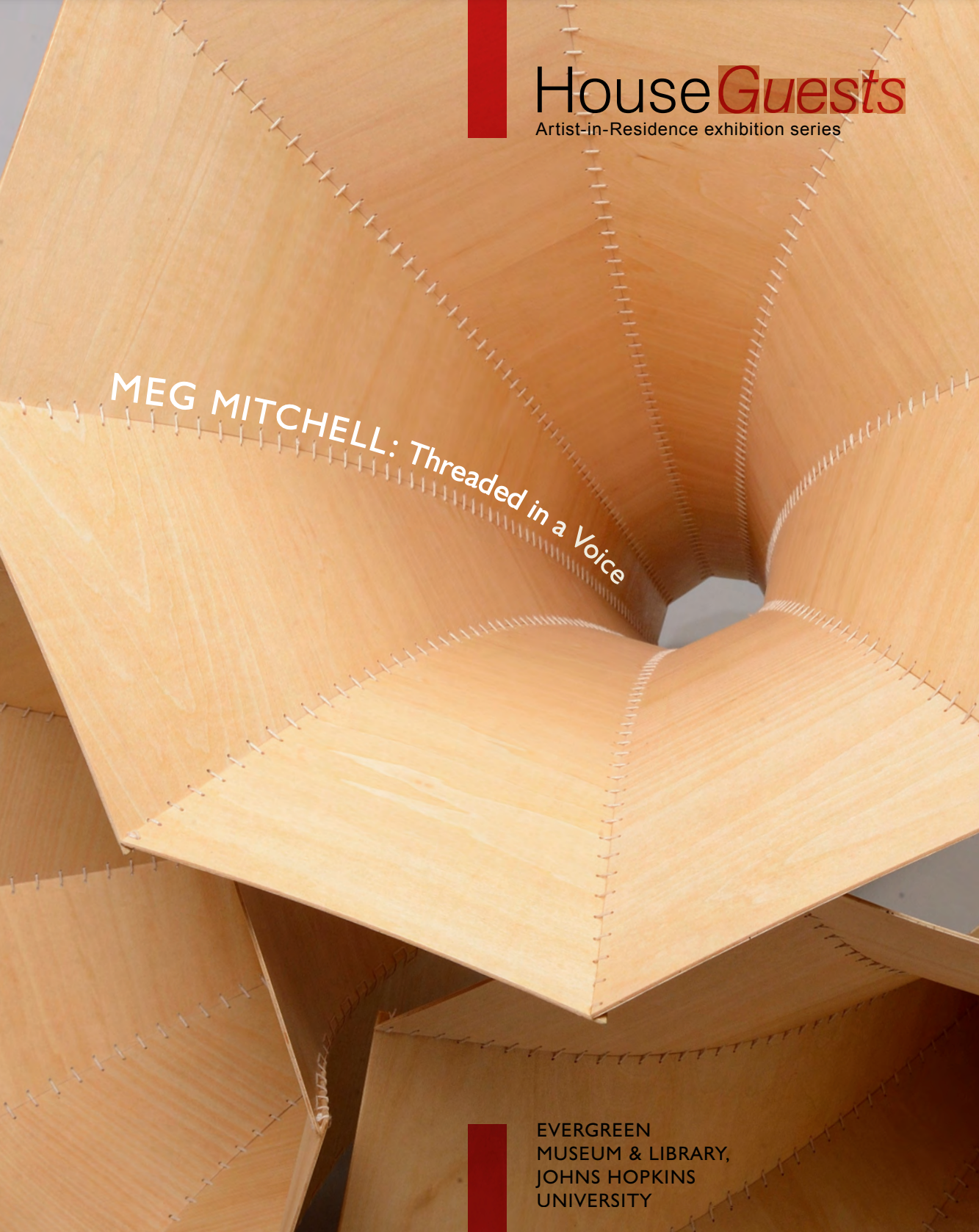A is for …
“A is for …” in RE: Carrie Yamaoka (Radius Books, 2025).
Lesbian as Method
“Lesbian as Method” in Millie Wilson: The Museum of Lesbian Dreams, eds. David Evans Frantz and Amy L. Powell (Inventory Press and Krannert Art Museum, 2025).
Come Flying
“Come Flying,” in Nancy Brooks Brody: Ode (Klaus Von Nichtssagenden Gallery, 2024).
Dear Lina
“Dear Lina,” in “Captives of Heartbr(ache),” critics page edited by Ksenia M. Soboleva, The Brooklyn Rail (February 2024), 39
The Cut Away Method
“The Cut Away Method,” in English and Spanish in Satanic Panic: Catalina Schliebener Muñoz (Santiago de Chile, 2023)
Cosmography as Method
Itziar Barrio (Skira, 2024). The first major monograph for a mid-career multimedia artist whose work interrogates social contracts and cultural negotiations. Text by Johanna Burton, Jill H. Casid, Lia Gangitano, and Manuel Cirauqui.
Kink as Method
“Kink as Method,” Exhibition publication for Angelo Madsen Minax: Crisis of Human Contact, De La Warr Pavilion, Bexhill on Sea, East Sussex, England, 2023.
From the Back
“From the Back,” essay for broadside publication for Gordon Hall: Turn Back, document gallery, Chicago, September 2022.
Incantography
“Incantography,” exhibition catalogue essay for Joy Episalla: crack fold burn bright, Tibor de Nagy Gallery, New York, July 2022.
They Did What They Could Do at the Time: Thinking with and after Lauren Berlant
“They Did What They Could Do at the Time: Thinking with and after Lauren Berlant,” Art in America (July 20, 2021).
Article cited as blurb for Lauren Berlant, On the Inconvenience of Other People (Durham: Duke University Press, 2022).
Queer Expressivity; or How to Do It with Louise Fishman
“Queer Expressivity; or How to Do It with Louise Fishman,” A Question of Emphasis: Louise Fishman Drawing (Champaign, Illinois: Krannert Museum, University of Illinois at Urbana- Champaign, 2021), 47-59.
“In the second essay, “Queer Expressivity; or, the Art of How to Do It with Louise Fishman,” Jill H. Casid joins queer with expressivity by building on the foundational queer theories of Judith Butler and Eve Sedgwick, where queer operates as “performative” or an active force that does things in the world, along with Casid’s work on the “deformative,” that devastating other side to the performative that stays active in the midst of our undoing by working with what alters and erodes us.4 This essay reckons directly with the irreconcilable tension between the idea of expressive abstraction as a direct representation of the artist’s life, and the idea of an expression that entirely exceeds the singular emotional experience of the artist especially when that artist is positioned as “minor.” As Casid points out, it has never been a problem to claim the abstract expressionism of white cisgender men for the “universal,” while the personal expressions of women are abjected—cast off or pathologized as mere feminine emotional excess—and thus excluded from master status. But this problem also generates possibilities for a deformative praxis. Charting thirteen key aspects of Fishman’s queer expressivity in the numbered format of a manifesto, each beginning with “Queer expressivity risks…”, Casid demonstrates what this work can do when we are open to being done by it. It wrestles palpably with identifications and relations that might un-do; the power of Fishman’s exes and lovers, the genealogy of abstract expressionist “mastery” with which she is entwined, the losses wrought by global necropolitical regimes and the everyday ways we seem to miss each other. It reckons with (again) the unrepresentable—excesses of feeling, affect, romance, rage deployed as their own transportative mediums. That risk is central to queer expressivity suggests its dangerous possibility, and Casid makes the creative-political praxis of this artist palpable in its courageous vulnerability.”
Lex Morgan Lancaster, “A Question of Emphasis: Louise Fishman Drawing,” ASAP (January 6, 2022)
Palinode
“Palinode,” exhibition catalogue essay for Bill Jacobson: Regards, Hiram Butler Gallery (2019).
Bloodsisters: Introduction
“Bloodsisters: Introduction by Jill Casid,” video introduction to 25th-anniversary release of Michelle Handelman’s 1995 documentary Bloodsisters, New York: Kino Classics, 2021, DVD and streaming.
Queer Deformativity
“Queer Deformativity,” The Conditions of Being Art: Pat Hearn Gallery & American Fine Arts, Co. (1983-2004), eds. Jeannine Tang, Lia Gangitano, and Ann Butler (New York: Dancing Foxes Press, 2018), 213-37.
Screen time
“Screen time,” Oxford Scholarship Online, OUPblog, December 2015.
Art of Horning
“Art of Horning,” exhibition catalogue essay for Meg Mitchell: Threaded in a Voice, HouseGuests Artist-in-Residence exhibition series, Evergreen Museum & Libraries, Johns Hopkins University (September 2015), 4–13.
The Imperative Mood
“The Imperative Mood” (#8, June 18, 2012), For the special issue of Nomadikon (the online blog of the Bergen Center of Visual Culture, Norway) on “Image Wars.” Contributions by W. J. T. Mitchell, Suhail Malik, Robert Hariman, Toby Miller, Mikkel Bolt Rasmussen, Jill Casid, Chris Hables Gray, Marita Sturken, Max Liljefors, Jill Bennett, Iain Chambers, Kari Andén-Papadopoulos, and Joanna Zylinska.
Does Public Sex Matter?
“Does Public Sex Matter?: excerpt from an email exchange with Joshua Lubin- Levy,” Petite Morte: Recollections of a Queer Public, an artist’s book, eds. Joshua Lubin-Levy and Carlos Motta (New York, NY: Forever & Today, 2011), 80. With contributions by Aiken Forrett, Ann Pellegrini and Janet Jakobsen, Eileen Myles, Gordon Brent Ingram, Jill H. Casid, Johan Andersson, John Paul Ricco, José Esteban Muñoz, Kate Bornstein, Katherine Franke, and Tim Dean.


















